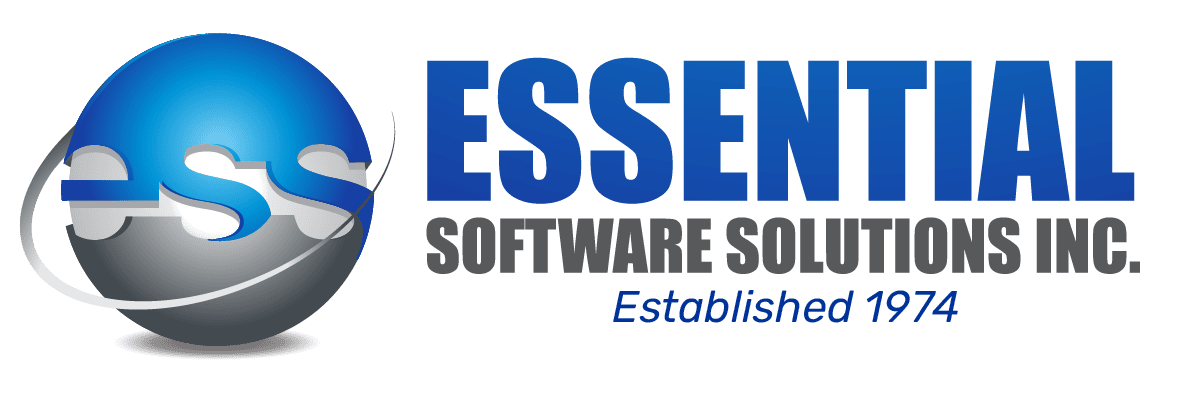In the complex world of manufacturing, two planning systems significantly impact operational efficiency and production processes: Advanced Planning and Scheduling (APS) and Material Requirements Planning (MRP). These systems are intended to optimize resource utilization, minimize costs, and improve overall productivity. However, their approach and focus differ, addressing distinct different aspects of the manufacturing cycle.
Material Requirements Planning (MRP) calculates the net supply and demand for materials only. MRP has been the cornerstone of most legacy manufacturing-centric ERP systems. ERP was born from MRP, as it were. It considers existing inventory levels compared to a demand forecast and suggests planned orders, to procure, or make materials needed for production, in the time they are needed, or ‘Just in time’. Master production scheduling (MPS) and rough-cut capacity planning tools were later developed to give MRP more help with its limitations. It was called MRPII. However, MRP and MRP II will not provide insight if the proposed schedule is achievable whereas APS systems will, as they also consider shortages of capacity. This is where APS can be a better tool with its constraint management and more accurate planning.
Scope
Flexibility
Flexibility
In the dynamic landscape of manufacturing, the choice between Advanced Planning and Scheduling (APS) and Material Requirements Planning (MRP) depends on the specific needs and complexities of the production environment. While MRP remains a fundamental tool for managing materials and ensuring the optimum inventory mix, APS offers a more holistic approach, that considers every possibility involved in the production process.











